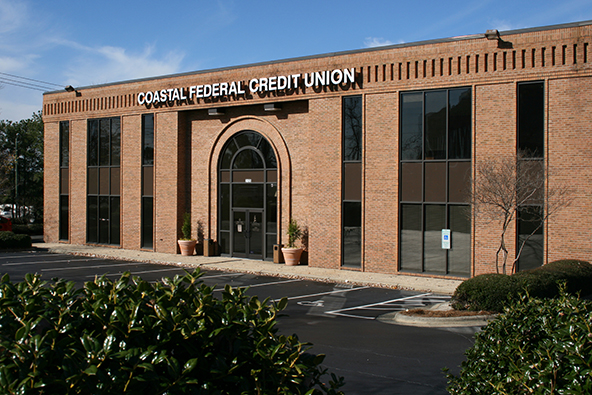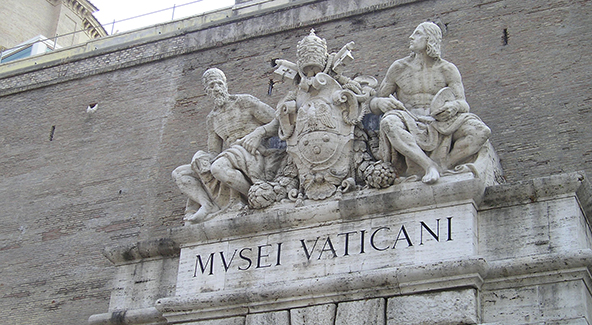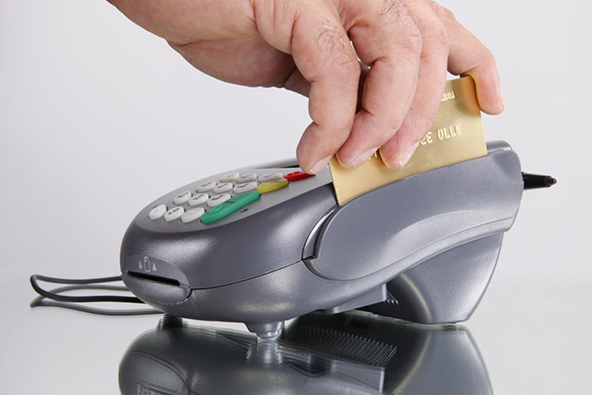Why Credit Unions Don’t Go Along with Credit Card Rewards

As regular readers of this blog know very well, the vast majority of credit unions were exempted from the Durbin Amendment, which went into effect this past October. That was a big break for them. Whereas exempted entities could keep charging retailers pre-Durbin rates for accepting their debit cards, the debit fee revenue of all other issuers was slashed by 45 percent. Issuers affected by the fee limit feverishly began exploring new revenue opportunities and, although their exploits sometimes ended in PR disasters, the end result was that banking gradually became more expensive. But we’ve already discussed that at some length.
There have been two features of the post-Durbin turmoil that have been particularly surprising to me. The first one is just how little merchants have complained about the fact that credit unions and smaller banks could still charge them pre-Durbin rates. The second feature is how little consumers have complained about the sub-par quality of the average credit union’s financial offering. In this post I will focus on the second feature and, more specifically, on the quality of CU credit cards.
Half of CU Credit Cards Have no Rewards Program
That is what we learn from a paper issued by Card Services for Credit Unions (CSCU) — a card processing association for credit unions. For perspective, 80 percent of all credit card transactions involve cards with some form of a rewards program, according an Aite Group study cited by the same paper. We are also told that:
Research shows that a rewards program is the main reason people select a new credit card: about 30 percent of respondents in one study stated that a rewards program is the most important reason for getting a new card. Likewise, according to the same ComScore study (September 2008), about two-thirds of survey respondents indicated they would consider getting a different card if it offered rewards.
The paper goes on to admonish credit unions about the importance of “put[ting] a rewards program in place and market[ing] it aggressively” and making it a part of their “overall growth strategy.” But, if it is so important, why aren’t so many credit unions offering rewards programs?
Credit Unions and Credit Card Rewards
Well, Bill Lehman, CSCU’s VP of Portfolio Consulting Services, gives us part of the answer:
Credit unions must recognize that cardholders are a lot savvier than they used to be and expect more from their rewards programs. In fact, cardholders are much quicker than banks and credit unions to understand what they want from their financial institutions. Consumers will change financial institutions if they are presented with a rewards program that has a stronger value proposition that better matches their needs.
So Lehman tells credit unions that they can no longer take customers for granted. The clear implication is that credit unions that aren’t maintaining rewards programs are doing it because they think they can get away with it. But now, consumers have become too “savvy” for such a strategy to work.
There is, of course, another important reason credit unions lag behind the big banks in the availability and quality of loyalty programs: they are costly to manage and that gives the bigger issuers a clear advantage. The likes of Bank of America and Chase have the resources to operate these programs on a national scale and their size allows them to negotiate more advantageous terms with the participating retailers than the average credit union could ever hope for. So this is a clear case of “bigger is better.”
Now, however, the Durbin Amendment has given credit unions a competitive advantage over their bigger competitors in the form of higher debit card profits. They can use some of that revenue to add rewards to their existing credit card offerings or to create new loyalty programs.
The Takeaway
So far credit unions have benefited from the huge consumer backlash against the big banks’ efforts to make up for their debit fee losses in the wake of the Durbin Amendment. Just in the last three months of 2011, 5.6 million Americans switched bank accounts and 610,000 of them cited Bank Transfer Day as their reason and moved to a smaller financial institution, according to a study by Javelin Strategy & Research, a consultancy.
But over time, as the banks identify and implement the least conspicuous ways to raise revenue, the anger will dissipate and eventually disappear. Then consumers will once again begin evaluating CU credit cards on their own merits and, if they are found lacking, a switch back to bank-issued credit cards will promptly ensue. It’s up to credit unions to prevent the reverse migration from taking place.
Image credit: Wikimedia Commons.


